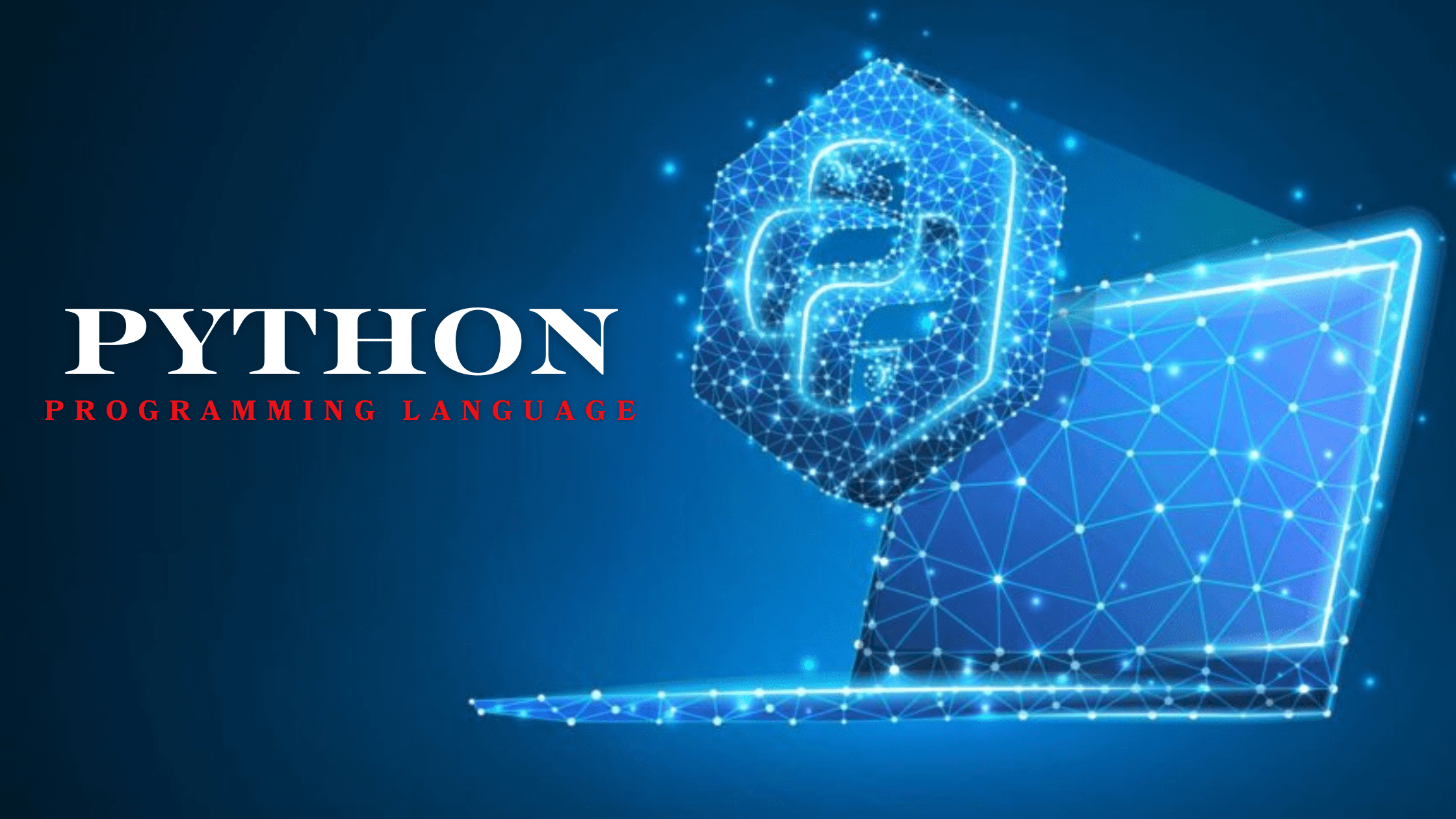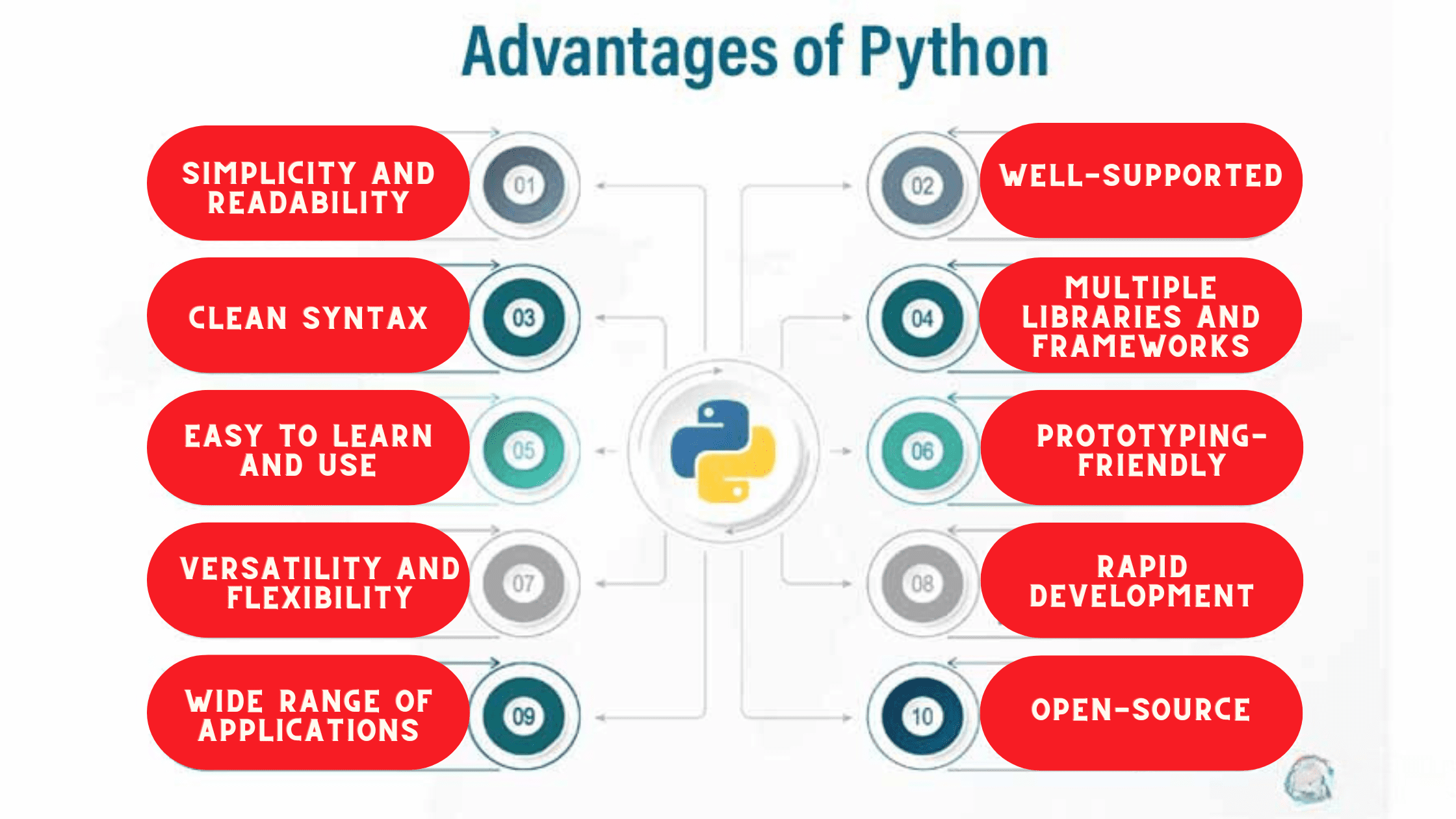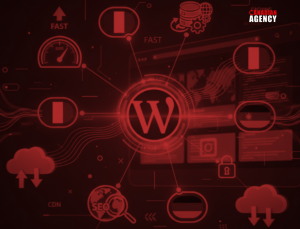Python has become one of the most popular and quickly growing programming languages in the world. According to statistics, Python is the second most popular programming language in the world. However, like any tool, there is pros and cons of Python programming language. It was created by Guido van Rossum and first released in 1991. Since then, it has become one of the most widely used programming languages, known for its simplicity, readability, and extensive community support.
Python is a powerful, versatile, and easy-to-use programming language. Furthermore, its vibrant community ensures readily available support from top experts in the domain.
However, Python has some limits, most notably in terms of speed. To choose the best choice for the requirements of your project, you must carefully consider these advantages and disadvantages compared to those of other programming languages.

Main Use of Python Programming Language
Web Development:
Python is used to create websites and web applications. Frameworks like Django and Flask help developers build websites quickly and efficiently.
Data Analysis and Machine Learning:
Python is great for analyzing data and building machine learning models. Libraries like NumPy, pandas, and scikit-learn are commonly used for these tasks.
Automation and Scripting:
Python is used to automate repetitive tasks and write scripts for various purposes, like system administration or data processing.
Game Development:
Python is used to create games, especially by indie developers. Libraries like Pygame make it easier to develop games with Python.
Scientific Computing:
Python is used in scientific research for simulations, data analysis, and visualization. Libraries like SciPy and matplotlib are helpful for these tasks.
Desktop GUI Applications:
Python can be used to create desktop applications with graphical user interfaces (GUIs). Frameworks like Tkinter and PyQt help developers build these applications.
Pros and Cons of Python Programming Language:
Python has advantages and disadvantages. Good things are it’s easy to read and learn. Many people use it, so there’s lots of help available. Also, there are many tools and libraries to make things easier. But sometimes Python can be slow, especially for big projects. Also, it’s not great for tasks that need a lot of computing power. So, while Python is great for many things, it’s not always the best choice for everything. Now we discuss Pros and Cons of Python.
Pros of Python

Simplicity and Readability:
Python’s simplicity and readability are among its most prominent features. The language was designed to make code easy to understand and write. One of the ways it achieves this is through its use of indentation to define code blocks, rather than relying on explicit braces or keywords.
For example, a block of code inside a loop or conditional statement is indented in Python, making the code structure visually clear. This simplicity reduces the cognitive load on developers and makes it easier for teams to collaborate on projects and for newcomers to learn the language.
Clean Syntax:
Python’s clean syntax contributes to its readability and ease of use. The language emphasizes code readability and simplicity, so developers can focus more on solving problems and less on writing complex syntax.
For instance, Python uses intuitive keywords and constructs that closely resemble natural language, making it easier for developers to express their ideas in code. Additionally, Python’s lack of unnecessary punctuation and boilerplate code reduces the noise in programs, resulting in cleaner and more concise codebases.
Easy to Learn and Use:
Python is renowned for its simplicity and ease of learning. Its straightforward syntax and high-level abstractions hide many of programming’s complexities, making it accessible to beginners.
Moreover, Python’s extensive documentation and large community provide ample resources for learning and support. Beginners can quickly grasp fundamental concepts such as variables, loops, and functions and start writing meaningful code within a short period. This gentle learning curve encourages experimentation and helps build confidence among new programmers.
Versatility and Flexibility:
Python’s versatility allows it to be used for various tasks, from web development to data analysis to artificial intelligence. This versatility stems from Python’s support for multiple programming paradigms, including procedural, object-oriented, and functional programming.
Developers can choose the most appropriate paradigm for their problem domain and switch between them seamlessly. Additionally, Python’s dynamic typing and high-level abstractions enable developers to express complex ideas concisely without being tied to a specific programming style or methodology.
Wide Range of Applications:
Python’s versatility extends to its applications across various domains. In web development, frameworks like Django and Flask provide robust tools for building scalable and maintainable web applications. In data analysis, libraries such as NumPy and pandas enable efficient manipulation and analysis of large datasets.
In artificial intelligence and machine learning, libraries like TensorFlow and scikit-learn empower developers to build sophisticated models for predictive analysis and decision-making. Python’s broad range of applications makes it a valuable tool for developers in many industries, from finance to healthcare to entertainment.
Well-supported:
Python benefits from a large and active community of developers who contribute to its development and provide support through forums, tutorials, and documentation. This community-driven approach ensures that Python remains up-to-date, secure, and well-supported. Developers can easily find answers to their questions, access learning resources, and collaborate with others on projects.
Moreover, Python’s open-source nature encourages transparency and innovation, as developers can inspect and modify the source code to suit their needs.
Multiple Libraries and Frameworks:
One of Python’s greatest strengths is its ecosystem of libraries and frameworks. These libraries and frameworks cover a wide range of domains, including web development, data analysis, machine learning, and more.
For example, libraries like Matplotlib and Seaborn are popular choices for data visualization, while frameworks like Flask and Django simplify the process of building web applications. By leveraging these libraries and frameworks, developers can save time and effort and focus on solving their projects’ unique challenges.
Python Framework for Web Development
Prototyping-friendly:
Python’s simplicity and high-level abstractions make it well-suited for prototyping and rapid development. Developers can quickly turn their ideas into working prototypes without getting bogged down in implementation details.
Python’s interactive shell and scripting capabilities allow for quick experimentation and iteration, enabling developers to explore different approaches and refine their solutions iteratively. This prototyping-friendly nature encourages creativity and innovation, as developers can test hypotheses and validate ideas with minimal overhead.
Efficient for Rapid Development:
Python’s rich library and framework ecosystem, clean syntax, and ease of use enable developers to write code quickly and efficiently. This efficiency accelerates the development process and reduces time-to-market for projects.
For example, Django’s built-in features for handling authentication, routing, and templating allow developers to focus on building core functionality rather than reinventing the wheel. Similarly, libraries like requests and BeautifulSoup make it easy to interact with web APIs and parse HTML/XML data. By leveraging these tools, developers can build robust and feature-rich applications in less time and with fewer resources.
Open-Source and Free to Use:
Python is an open-source language, which means that it is freely available for anyone to use, modify, and distribute. This accessibility has contributed to Python’s widespread adoption and popularity among developers.
Moreover, Python’s open-source nature fosters collaboration and innovation, as developers can contribute to the language’s development and share their improvements with the community.
Additionally, the availability of free and open-source libraries and frameworks further reduces barriers to entry and promotes knowledge sharing and collaboration within the Python ecosystem.
Embeddable:
Python can be easily embedded into other applications written in languages like C/C++, allowing developers to add scripting capabilities to their software. It enables greater flexibility and extensibility in applications that require scripting or customization.
For example, game developers can use Python to script gameplay mechanics, AI behavior, and user interfaces, while leveraging the performance benefits of native code for core engine functionality. Similarly, software developers can use Python to automate tasks, extend functionality, and customize user workflows in their applications without having to rewrite large portions of code.
Large Community:
Python boasts a large and active community of developers who contribute to its development and provide support through forums, tutorials, and documentation.
This vibrant community fosters collaboration, knowledge sharing, and innovation within the Python ecosystem. Developers can quickly find answers to questions, access learning resources, and connect with like-minded individuals.
Moreover, the diversity of backgrounds and expertise within the Python community ensures that various perspectives and approaches are represented, enriching the collective knowledge and driving continuous improvement in the language and its ecosystem.
Beginner-friendly:
Python’s simplicity, readability, and gentle learning curve make it an ideal choice for beginners just starting in programming. Its clear syntax and extensive documentation make it easy for newcomers to grasp programming concepts and start writing code quickly.
Additionally, Python’s interactive shell and immediate feedback loop encourage experimentation and exploration, helping beginners build confidence and develop problem-solving skills.
As beginners progress in their learning journey, they can explore more advanced topics and concepts at their own pace, supported by the wealth of available learning resources and community support.
Cons of Python
- Not Very Fast
- Less Secure
- Memory Usage and garbage Collection
- Work Environment
- Problems with Threading
- Dynamically Typed
- Run time Errors
Not Very Fast:
Compared to lower-level languages like C or C++, Python can be slower in terms of execution speed. This is due to factors such as
- Dynamic typing
- Automatic memory management
- The Global Interpreter Lock (GIL)
While Python’s performance may be sufficient for many applications, it may not be suitable for performance-critical tasks or real-time systems.
Less Secure:
Python’s dynamic typing and automatic memory management can introduce security vulnerabilities if not handled carefully. For example, developers who are less diligent in their coding practices can encounter vulnerabilities such as
- buffer overflows
- type confusion
- memory leaks
Memory Usage and Garbage Collection:
Python’s automatic memory management (garbage collection) can lead to high memory usage and performance overhead, especially in memory-intensive applications.
While garbage collection helps simplify memory management for developers, it can also result in unpredictable performance characteristics and increased memory consumption.
Developers may need to optimize their code or use alternative memory management techniques to mitigate these issues.
Work Environment:
Setting up a development environment for Python can be challenging, especially for beginners. Managing dependencies, virtual environments, and package installations can be a daunting task, particularly for projects with complex requirements.
Additionally, Python’s ecosystem of libraries and frameworks may have compatibility issues or version conflicts, requiring careful attention to ensure a stable and functional development environment.
Problems with Threading:
Python’s Global Interpreter Lock (GIL) can limit the effectiveness of multithreading, particularly in CPU-bound applications. The GIL prevents multiple native threads from executing Python bytecode simultaneously, effectively serializing the execution of threaded code.
While this limitation may not be a significant issue for I/O-bound or asynchronous applications, it can hinder the performance of CPU-bound tasks that require parallel execution.
Dynamically Typed:
Python is dynamically typed, which means that variable types are determined at runtime. While dynamic typing offers flexibility and expressiveness, it can also lead to unexpected behavior and errors if not properly managed.
For example, type errors may not be caught until runtime, potentially leading to runtime exceptions or incorrect program behavior. Static analysis tools and type annotations can help mitigate these risks, but they require additional effort and discipline from developers.
Python Can Have Runtime Errors:
Due to its dynamic nature, Python code can only succeed at runtime if properly tested and handled. Runtime errors such as NameError, TypeError, and AttributeError may occur when executing Python code, especially in situations where input data is unpredictable or external dependencies are not correctly managed.
Thorough testing, error handling, and defensive programming practices can help mitigate the risk of runtime errors, but they add complexity and overhead to the development process.
Conclusion
Python is a powerful and versatile programming language widely used in various fields. It offers many advantages, such as simplicity, readability, versatility, and a large ecosystem of libraries. However, it also has some drawbacks, such as performance issues, security concerns, and runtime errors. Overall, Python remains a popular choice for developers due to its ease of use and wide range of applications.




